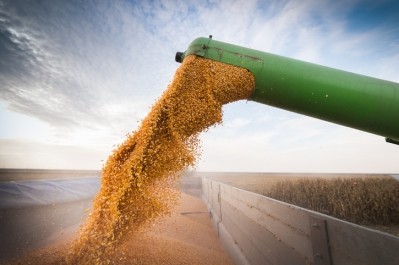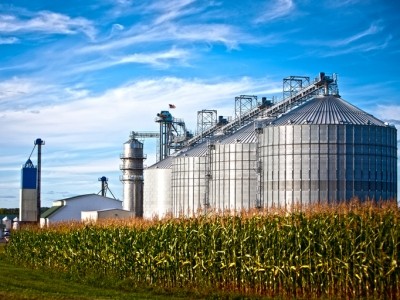Large surpluses but no grounds for complacency in 2018 cereal and oilseeds market

“On paper, the grain side of the equation remains well supplied and as such any rally would be capped,” he forecast.
Wheat outlook
The 2017/18 global ending stocks of wheat have never been so large and are projected at 268.4m tons, of which 48% is in China, according to the most recent USDA’s WASDE report.
He said the world might have become too dependent on the Russian origin, which will undoubtedly reign over the export market in 2017/18, accounting for 18% of the global wheat exports.
Ukraine and Kazakhstan remain on top - more than one out of every three tons of wheat exported in the world will be from the Black Sea region, said Bodart.
Risks
The La Niña weather phenomenon could still be detrimental to South American crops in January and February, while risks emerge across the US due to a lack of snow protection and in Europe from a delayed hardening of the winter wheat.
“For maize, South American weather will remain the main driver for prices as the Argentine planting pace is the slowest since at least 1995.”
In Brazil, he said that CONAB has already started to cut its country’s corn production forecast from November to 92.2m tons, against 97.8m tons last year, due to the yearly reduction in the first corn harvest of more than 5.3m tons.
The second corn crop in Brazil, which will be planted in February and now accounts for 70% of the national crop, was unchanged month-on-month at 67.2m tons vs 67.4m tons last year, said Bodart.
“As such Mother Nature will become an increasingly important factor to watch for in that part of the world. The funds will remember too well the 2015/16 accident when the Brazilian corn production slumped 20% year-on-year due to drought and, as such, holding a record short position for this time of year might prove to be precarious.”
Protein complex
The protein complex should also be well supplied.
“Market operators propelled the global soymeal benchmark - Chicago - to a 5-month high on ideas of ongoing dry conditions and hot conditions in the largest exporter of the protein feed: Argentina.
However, things have not necessarily evolved as planned with a shift towards wetter conditions in the core Argentine producing provinces of Córdoba and Entre Rios.
Consequently, soymeal plummeted more than 8% and the trend could continue in early 2018 with unthreatening conditions further north in Brazil where a second record crop of 114+ million tons in two years could be seen.”
Crushing demand is likely to remain strong in the US due to the “radical” decision from the Trump administration to raise taxes on Argentine biodiesel imports, he said. As such, record meal production is still likely in 2017/18.
“To conclude, with the current low prices of cereals, the market could present an opportunity to get more forward protection, although risk management decisions will be very different from farm to farm.”
Regarding meals, prices could edge lower with the improving conditions in South America but a complacent attitude is not recommended for too long, said Bodart.
“As Keynes said: ‘The market can stay irrational longer than you can stay solvent’,” he added.








